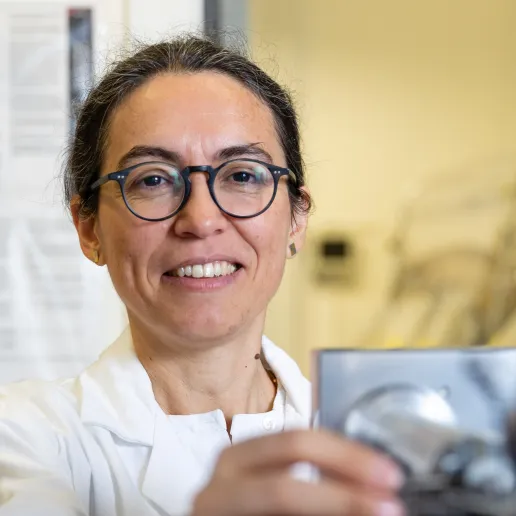Glycyl Radical–and Fe/S Cluster-Dependent Decarboxylation of 4-Hydroxyphenylacetate
Facts
DFG Temporary Positions for Principal Investigators
![]()
Description
The biological conversion of inert C-H bonds of aromatic and aliphatic compounds in the absence of dioxygen can be facilitated using radical intermediates. Glycyl radical-dependent enzymes (GREs) are key players in anoxic biological processes like DNA synthesis and pyruvate metabolism. GREs require post-translational activation by a specific activating S-adenosylmethionine (SAM)-dependent Fe/S protein. The 4-hydroxyphenylacetate decarboxylase represents a new class of GREs acting on aromatic compounds. The decarboxylase has an extra subunit with unknown function and contains up to two [4Fe-4S] clusters in addition to the protein-based glycyl radical prosthetic group and its activator has two [4Fe-4S] clusters in addition to the SAM binding [4Fe-4S] cluster. The research proposal aims to determine the structural bases of i) radical initiation at the activator, ii) radical transfer between activator and decarboxylase, iii) substrate binding and decarboxylation, iv) functional role(s) of the small subunit and its two [4Fe-4S] clusters, and v) regulation of catalysis by radical dissipation and phosphorylation in the decarboxylase. By combining biochemical, crystallographic and computational methods we hope to contribute to a better understanding of anoxic biocatalysis of hydrocarbon compounds.


